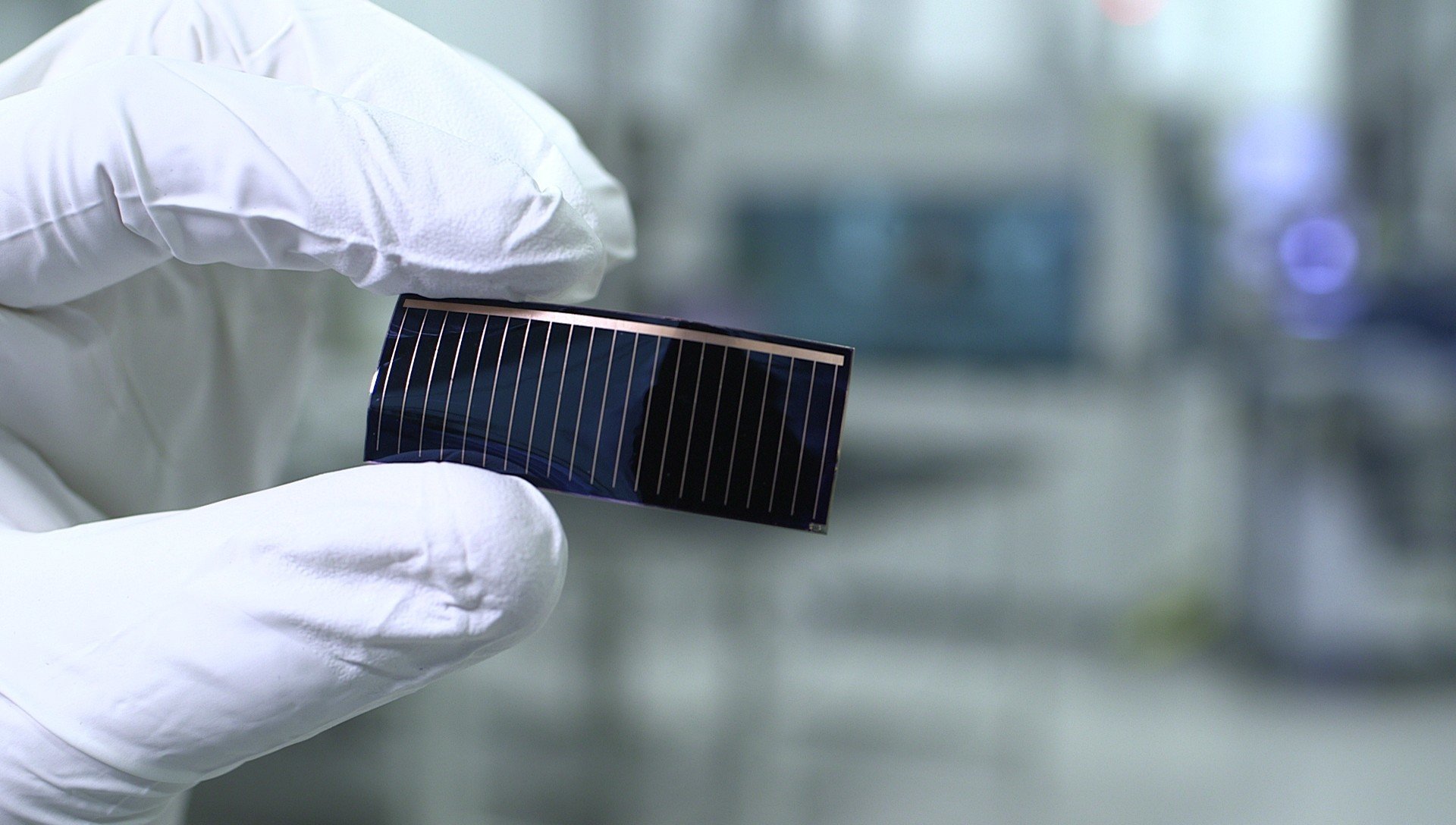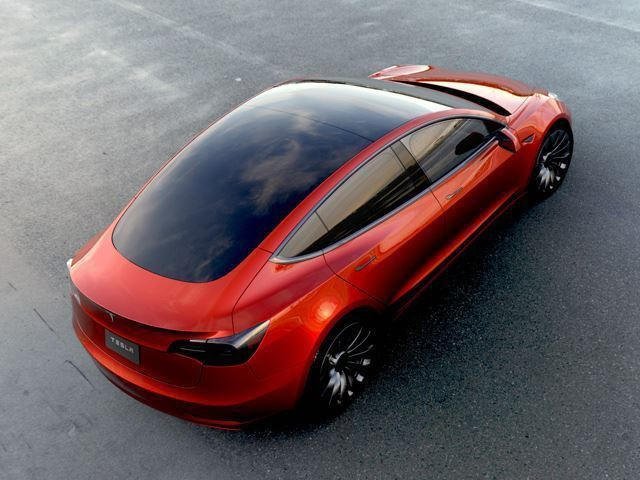You May Never Have To Plug In Your Battery Electric Vehicle Again
Image via AUDI AG
You may never have to plug in your battery electric vehicle again. New adaptations of photovoltaic glass in automobiles that are currently in development have the potential to eliminate the dependency that electric vehicles currently have on the electrical “grid.” By combining the latest developments in solar panel technology and ongoing advancements in windows/glass manufacturing, it is now possible for every glass component of your passenger vehicle to be fully integrated with highly efficient, transparent solar paneling. In other words, your solar panels are your windows and vice versa.
Combined with solar panel rooftops, this breakthrough may give way for sufficient surface area on modern cars (given favorable solar mapping conditions) to replenish an electric vehicle's battery reservoirs without the need to plug in. It's important to remember that dependency upon solar panel technology means relying on inconsistent solar exposure, which is affected by variables including geographic location, seasonality, and weather conditions. However, it is also possible to gather light from far-distant solar systems overnight while the Sun is hidden around the other side of the world.
For those of us that live near the equator or in desert environments and drive minimally (combined with the ongoing efficiency improvements being made in conservatively-tuned electric vehicles), this new technology may present the opportunity for cars made this decade to gather sufficient light to provide enough charge for casual everyday driving.
In the year 2023, electric vehicles are plagued with many difficulties, most of which pertain to incompatibilities with existing charging infrastructure; like variations in electrical receptacles (which require an assortment of charging cables onboard), the availability of those charging stations themselves, and sufficient power in regions of the world where energy production is scarce. Those of us living off-grid, for example, don't have the option of driving an electric vehicle for the occasional trip to town because the amount of power required for propulsion necessary to make that trip is not accessible via solar on a regular basis.
For most of us, advancements in solar-paneled glass will serve simply as supplementary power, reducing the rising costs of electricity in the daily driving experience. Purchasing an automobile with fully integrated solar panels is also much easier than hiring professionals to install the necessary electrical systems at home to supplement your energy consumption with solar power on/around your real estate.
Photovoltaic glass technology means that a driver can collect electricity while stopped at an intersection, while parked in a carport, on the public streets, or even while gently cruising down the highway on a sunny day, to name a few examples. Gone are the summer days when you used to seek the shaded parking spaces to avoid oven-like conditions inside the car upon your return, or for your pet while you're away. In the near future, you may seek locations with the greatest concentrations of direct sunlight to power ultra-efficient air conditioning systems and recharge your batteries at the same time.
An onboard solar array is sure to drive up production costs for passenger vehicles, but it can be included as an option; one that can be seen as a long-term investment, as over time, said solar array could save you so much money in energy costs that it may pay for itself and eventually start paying off the car itself in energy savings. It is unclear whether or not solar panel integration into electric vehicles will be a breakthrough in travel efficiency, but the breakthrough is nevertheless exciting to those looking to purchase the latest in transportation technology.
It is also worth mentioning that because electric vehicles are essentially isolated, complex electrical systems independent of the energy grid, foldable solar panels can also be carried onboard as a low-cost option for additional energy production. This can be done by simply connecting a cable from independent solar panels directly to the car's battery charging interface.
For those of us that prefer to park our vehicles inside secure garages (should we have that luxury), advancements in onboard solar systems are far less appealing because most of this energy production would take place while the car is parked in the ideal outdoor/unsheltered scenario. But for those early adopters of electric vehicles that also happen to be overlanding enthusiasts, you may no longer have to embarrass yourself by carrying a portable gas-powered generator to get your vehicle through a trail. That is, if you're able to find locations that are not too shaded and are willing to remain parked for an extended period of time.
Image "Courtesy of Tesla, Inc."
At any rate, adoption of this technology should be encouraged because it reduces demand upon publicly owned and operated power plants. It also reduces demand on the energy grid, which keeps infrastructure from overheating, lowers maintenance, and saves you a considerable amount of money that would otherwise be paid to a power company or public utilities district. And as you’re probably aware, once a solar panel has been manufactured, collection of light and transformation of photonic energy to electricity is a zero emissions process, unlike most of the electrical power that is generated in today's grid.
If your family owns multiple electric vehicles and you would like to save costs as well as reduce environmental impact, then it will be feasible for you to alternate the vehicle you drive on a daily basis so as to take one for your round trip to work and then park it in an ideal space to sit for ~36 hours; then, the following day, take your second vehicle to work after it has been sitting in the sun for the previous day and a half. By utilizing this strategy (among other efficiency habits), it may be possible to drive electric vehicles in some areas of the world without ever having to “plug in.” Or at least we can dream, can't we?


